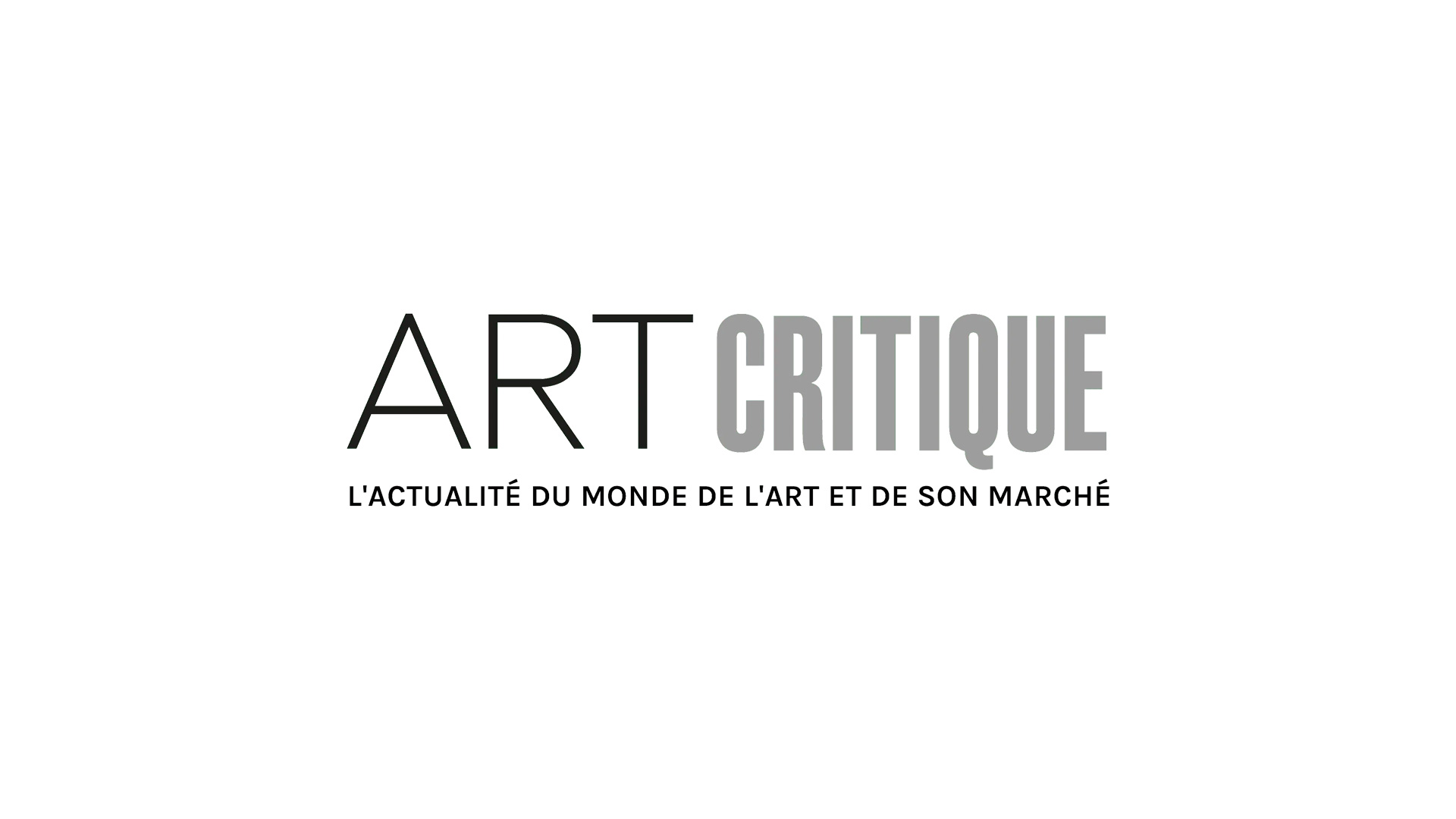At first the subject of transgression might seem to have been thoroughly exhausted. The notion of transgression allowed modernity to be built as a reaction against academicism, it also enabled postmodern trends to push the rigid boundaries of what is considered modern. In photography, the transgressive often gives the impression of being nothing more than a mere accessory, contributing to the visual seduction of the image. What is customarily called “auteur photography” (thankfully, the imprecision of the term itself allows its use to extend to video art) is perhaps the last refuge of a radicalism that is incompatible with the cheerful inconsistency of some contemporary art on which most so-called “visual art” (the expression comes from the renowned art critic Dominique Baqué) photography is based.
Recent events have shown that gender norms are the foundation of most social structures. By committing itself to modifying and perhaps even distorting notions of gender, photography exposes itself to condemnation from those for whom there is an eternal order of appearances and roles. With his series Les amis de la Place Blanche (1983) Christer Strömholm powerfully contributed to giving visibility to the transsexual community and to emphasizing the fluidity of representations of the self. His work functions here as an already historical starting point.

It is difficult to say the same thing about Antoine d’Agata, who is probably one of the most “irredeemable” contemporary photographers; yet the influence that he has exerted for so long (his first book was published in 1998) makes him a key contributor in “transgressive photography”. The dam that d’Agata’s work bursts open is that of the intimate. He focused on potentially public acts which would normally be a matter of ideological secrecy –if only out of legal necessity. But d’Agata, under the harsh light, shows that which is not shown: marked bodies, far from the sleek esthetic of photo models, who embrace, arouse and penetrate each other.
The reactions that completely uncensored images may elicit are possibly even more vivid when the artist is a woman, especially a woman from the Eastern Mediterranean where patriarchy still maintains all its coercive power. Such is the case of Lara Tabet who, in The Reeds, casts in shadow (if such a thing can be said) the uneasy, unfulfilled quest for unrestricted pleasure.

The artists that I have mentioned confront or could be confronted with a reality that Mounir Fatimi tackles head on: censorship. In his video, The Scissors (2003), he shows the love scenes cut from the film A Minute of Sun Less, revealing the beauty of what proponents of fear as a social control had believed were safely hidden from view. For Fatmi, the meeting of bodies represents the privileged space where all social constraints can be overcome. It is even, as he suggests in Something is possible (2006), the only truly universal transgression because it offers itself to all, at all times and makes, even when faced with an apparent impasse, “something” possible. Transgression in this case becomes transfiguration.

For my part, and as a reaction to the #MeToo movement, I wondered if it were possible to “transgress” an ethical discourse constructed by decades of feminist struggle: can a woman today articulate her desire without it being contradictory to her own emancipation? That is exactly what the bimbo phenomenon suggests and which in my video of the same name (“BIMBO”, 2018) is magnified as the locus of contradiction by cataloguing lexical and visual clichés.
The works cited here are not those which are likely to bring about any consensus. Artists have wanted it, convinced that the function of the image is not to create comfort but to raise questions and to keep the viewer in a state of uneasiness. Because what would be the value of art whose sole purpose is to create something pretty or to provide only a pretext to speeches, however clever they may be?






